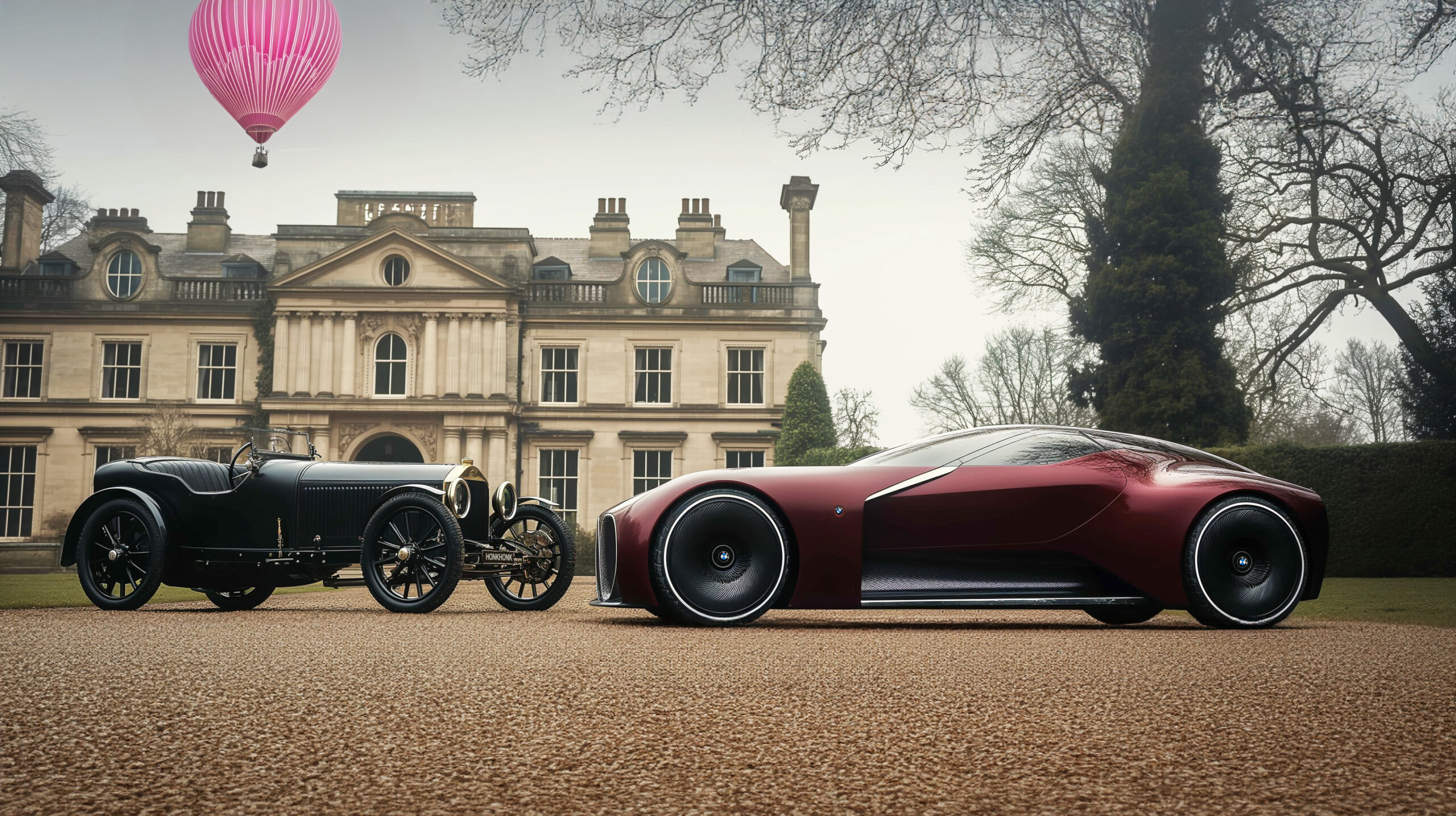
A hundred years ago, the automotive industry looked very different from today. The 1920s was a pivotal time for cars, marked by innovation, variety, and a growing market. Ford, Austin, and Morris were leading the transformation of early automobiles.
Popular Models and Manufacturers
In 1923, Ford’s Model T was one of the most prominent vehicles on the road. Henry Ford’s innovative assembly line production made the Model T affordable and revolutionized the car manufacturing process, enabling mass production and driving many smaller car manufacturers out of business. Ford’s influence was so profound that by the mid-1920s, the Model T accounted for nearly half of all cars in the United States.
Other notable manufacturers included Austin and Morris in the UK. The Austin 7, introduced in 1922, was a small, affordable car that became immensely popular among families. Similarly, the Morris Cowley was widely used for personal transportation, reflecting the growing demand for reliable and reasonably priced vehicles.
Key Features and Characteristics
Cars 100 years ago had several defining features:
- Engine Size and Speed: Early cars typically had small engines, often less than 1 litre in size, and modest top speeds, usually at most 50 mph.
- Fuel Efficiency: These vehicles were far less fuel-efficient than modern cars, often managing only a few miles per gallon.
- Comfort and Safety: Comfort was minimal, with hard, uncomfortable seats and limited legroom. Safety features were virtually non-existent, with no seat belts, airbags, or crumple zones. Laminated windshields were one of the first safety innovations introduced in the 1920s to prevent glass shards from causing injuries during accidents (Brilliantio) (The Saturday Evening Post).
Cultural and Economic Impact
The 1920s was also a period of significant cultural and economic change. The advent of the automobile transformed daily life, providing newfound mobility and freedom. Cars became symbols of status and modernity, and driving clubs and road trips became popular leisure activities. However, the Great Depression loomed on the horizon, threatening to disrupt the booming automotive industry (The Saturday Evening Post).
Cars 100 Years from Now
As we look to the future, the vision for automobiles in the next century is shaped by rapid technological advancements, environmental concerns, and changing consumer preferences. Predictions for cars 100 years from now envision a landscape dominated by electric and autonomous vehicles, focusing on sustainability, safety, and efficiency.
Electric and Autonomous Vehicles
Electric vehicles (EVs) are expected to become the norm, powered by advances in battery technology and renewable energy sources. Companies like BMW are already showcasing concepts for future mobility, such as the BMW iNEXT and BMW Vision Next 100, which highlight features like self-driving capabilities, connectivity, and personalized user experiences (Brilliant).
Autonomous driving technology is anticipated to revolutionize transportation by significantly reducing accidents caused by human error, optimizing traffic flow, and offering greater convenience. Features such as advanced driver assistance systems (ADAS), including automatic emergency braking, lane departure warnings, and adaptive cruise control, are precursors to fully autonomous vehicles (Brilliant).
Sustainable and Smart Infrastructure
Integrating cars with smart infrastructure is another crucial aspect of future car mobility. Intelligent transport systems (ITS) will enable vehicles to communicate with each other and with road infrastructure to improve traffic management, reduce congestion, and enhance safety. Urban planning will incorporate more sustainable transport solutions, including shared mobility services and eco-friendly public transport options (The Saturday Evening Post).
Innovative Designs and Materials
Future cars will likely be made from lightweight, durable materials such as carbon fibre and advanced composites, improving energy efficiency and performance. Interior designs will focus on comfort and versatility, transforming cars into multifunctional spaces that can serve as mobile offices or relaxation zones during autonomous travel (The Saturday Evening Post).
Environmental Impact
Reducing vehicles’ environmental footprint is a primary goal for the next century. The shift to electric powertrains, coupled with advancements in recycling and sustainable manufacturing practices, aims to minimize the ecological impact of car production and use. Moreover, developing green technologies, such as hydrogen fuel cells and biofuels, will further diversify the energy sources for future vehicles (The Saturday Evening Post).
Conclusion
The evolution of cars, from the basic models of 100 years ago to the futuristic visions of the next century, highlights the remarkable progress in automotive technology and design. Early cars, simple, noisy, and unsafe by today’s standards, paved the way for the modern, sophisticated vehicles we drive today. Looking ahead, the future of cars promises to be even more exciting, with innovations that will redefine mobility, enhance safety, and promote sustainability. The journey from the past to the future of automobiles is a testament to human ingenuity and the relentless pursuit of progress.


